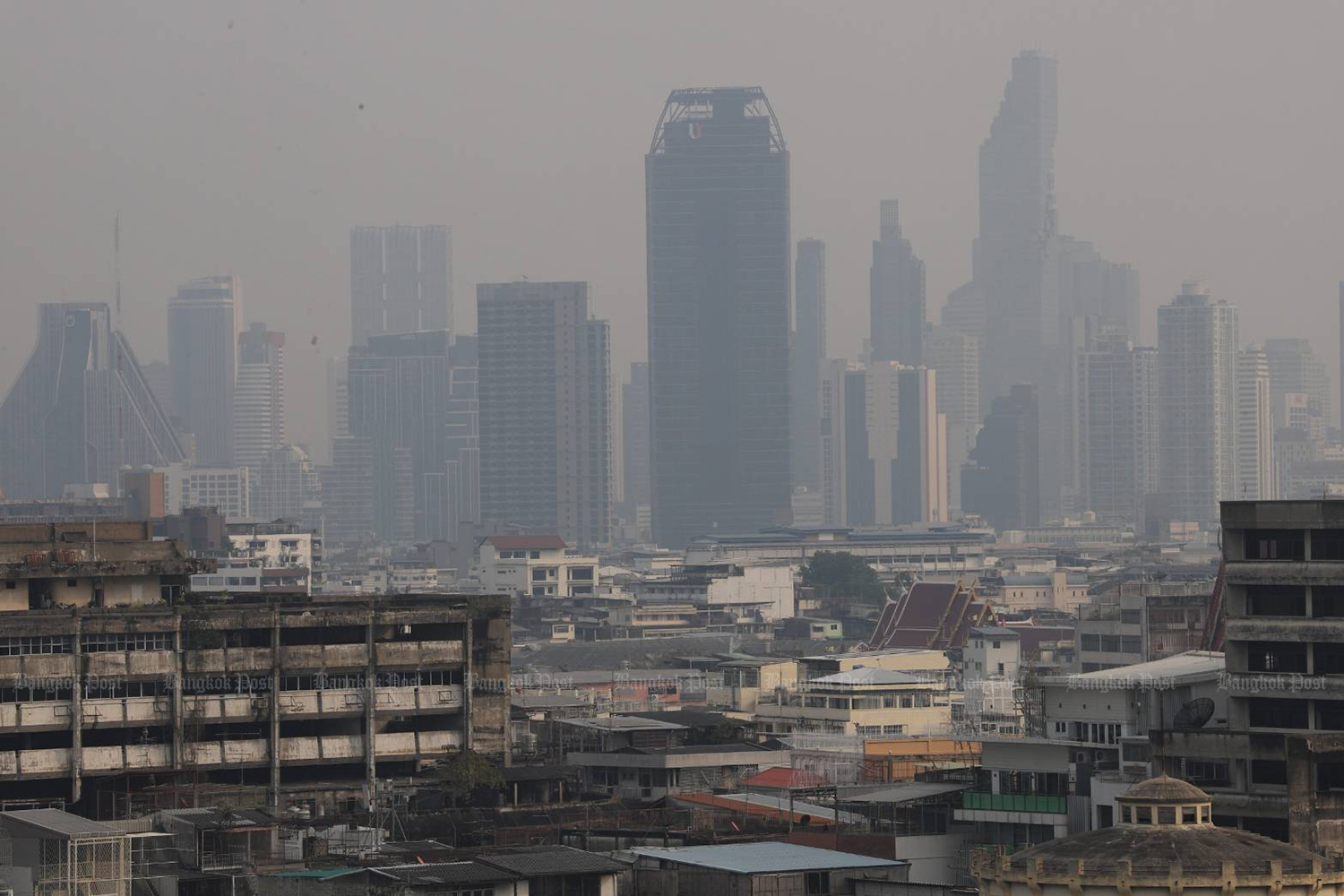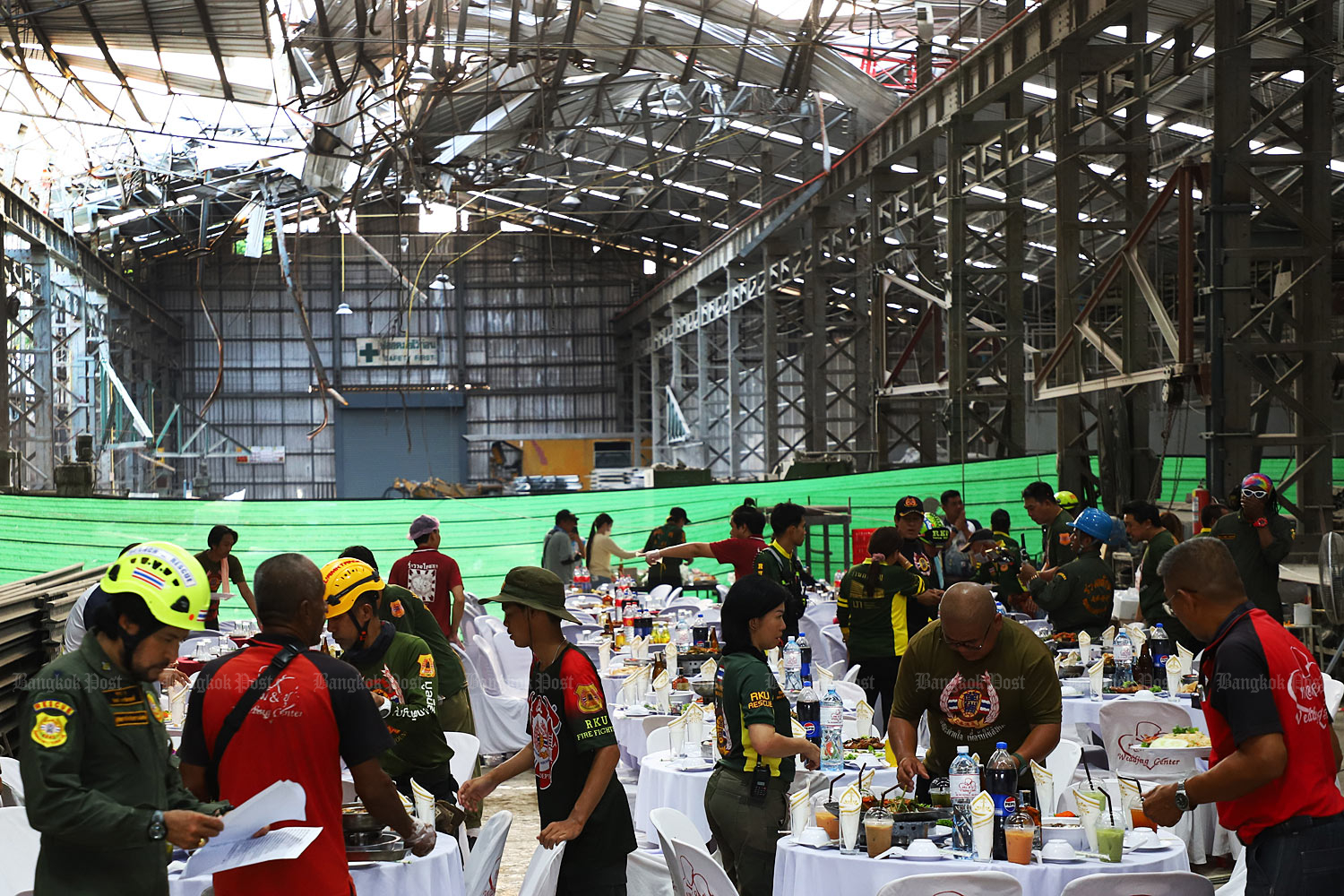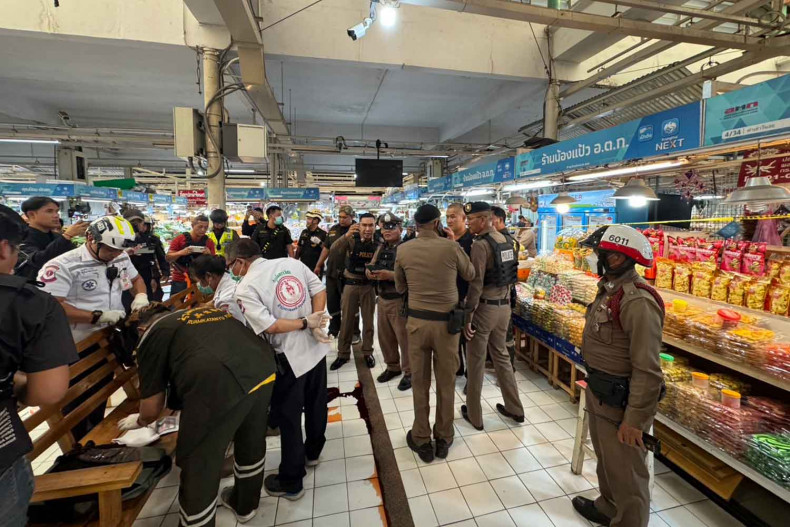The air quality in Thailand has reached a significant milestone, with all provinces now reporting safe levels of particulate matter 2.5 (PM2.5), according to the Geo-Informatics and Space Technology Development Agency (Gistda). This achievement is particularly notable in Bangkok, which has recorded the lowest PM2.5 levels nationwide.
Improvements in Air Quality
Factors Contributing to Cleaner Air
Bangkok’s success in maintaining low PM2.5 levels can be attributed to various factors, including reduced emissions from traffic and industrial activities. The city’s efforts to monitor and manage air quality have also played a crucial role in achieving these results.
Nationwide Air Quality Status
Provincial Comparisons
Across Thailand, thirty-two provinces have been classified as having good air quality, with PM2.5 levels ranging from 18.4 to 25 µg/m³. Provinces like Nonthaburi, Samut Prakan, Pathum Thani, and Samut Sakhon follow closely behind Bangkok in terms of clean air.
Regional Variations
Challenges Faced by Other Regions
While Bangkok enjoys cleaner air conditions compared to other regions like Chiang Mai and Chiang Rai, these northern provinces face challenges due to agricultural burning and forest fires during certain times of the year. Efforts are ongoing nationwide to address pollution sources effectively.
Health Implications and Future Strategies
Public Health Concerns
The improvement in air quality is crucial for public health since high PM2.5 levels pose significant risks such as respiratory diseases. Moving forward, Thailand aims to continue reducing pollution through technological innovations and policy changes aligned with international standards.









